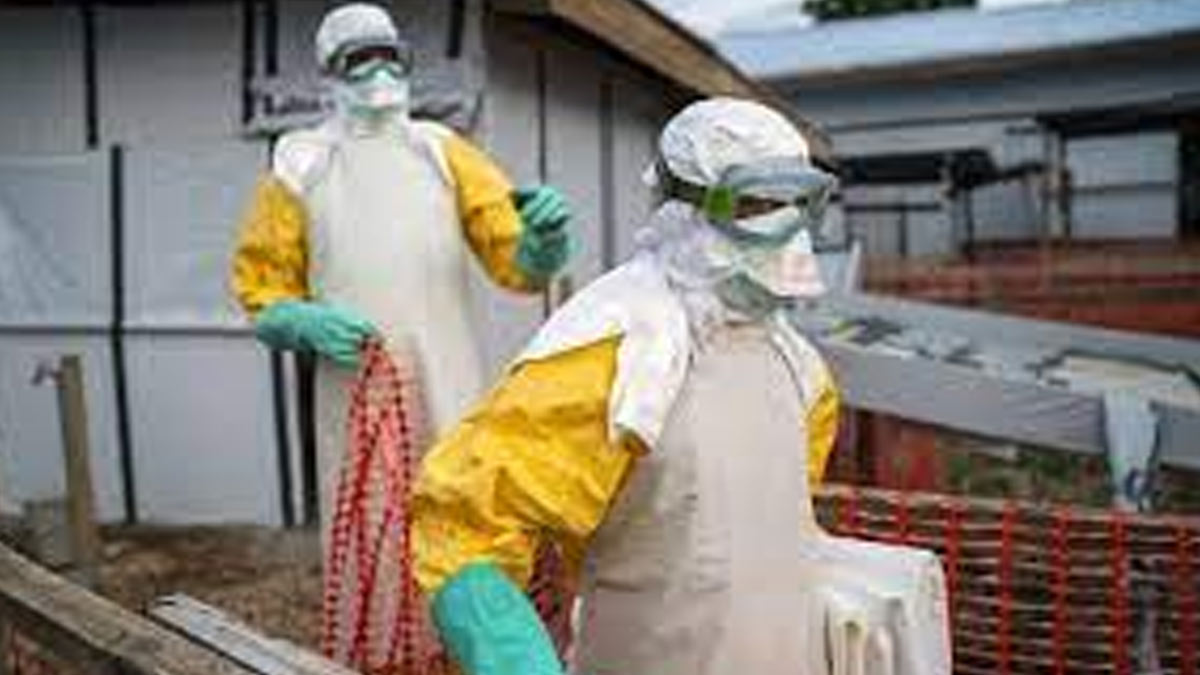As the world gradually recovers from the impact of the COVID-19 pandemic, a new viral outbreak has alarmed health officials worldwide. The Marburg virus, a highly infectious and deadly pathogen similar to the Ebola virus, has resurfaced. In a recent outbreak in Rwanda, six people have died due to this lethal virus, raising concerns about its potential to spark another global health crisis.
According to Rwanda’s Health Minister, Sabin Nsanzimana, over 26 active cases have been recorded, with the World Health Organization (WHO) closely monitoring the situation. The outbreak has affected seven districts in the country, and 161 individuals who came in contact with infected persons are being tracked and tested. As Rwanda’s authorities step up containment efforts, there is a growing fear that without proper intervention, the Marburg virus could become the next global pandemic.
What Is the Marburg Virus?
The Marburg virus belongs to the Filoviridae family, closely related to the Ebola virus. It causes a severe viral hemorrhagic fever with a fatality rate that can reach up to 88%. First identified in 1967 in Marburg, Germany, the virus has since been linked to several deadly outbreaks in Europe and Africa.
Like Ebola, the Marburg virus leads to rapid deterioration in the infected person’s health, often resulting in death within days. It is particularly concerning because of its high transmission rate and the lack of an effective treatment or vaccine.
How Does the Marburg Virus Spread?
The virus is primarily zoonotic, meaning it spreads from animals to humans. African fruit bats are believed to be the natural hosts of the virus, harbouring it without showing any signs of illness. When humans come into contact with infected bats or their bodily fluids, the virus can jump to humans.
Once a person is infected, the virus spreads through direct contact with bodily fluids such as blood, saliva, urine, or sweat of an infected individual. Transmission can also occur through contaminated surfaces or materials. Healthcare workers and family members of patients are at the highest risk, as they are frequently in close proximity to the infected.
Also Read: Second Mpox Case Confirmed In Kerala, Total 3 Cases Detected In India
Symptoms of Marburg Virus Infection
After exposure to the Marburg virus, symptoms typically begin within 2 to 21 days. The initial signs are non-specific and can resemble those of many other illnesses, making early diagnosis difficult. Common symptoms include:
- High fever
- Severe headache
- Muscle aches
- Intense malaise
- Abdominal pain and cramping
- Vomiting and diarrhoea
The illness often escalates rapidly, with infected individuals developing severe hemorrhagic symptoms by the seventh day. This includes bleeding from the gums, nose, eyes, and other orifices. In many cases, the blood loss is so extreme that patients can go into shock and die within 8 to 9 days after symptoms appear. WHO has described patients in this phase as having a “ghost-like” appearance, with deep-set eyes, drawn features, and extreme fatigue.
Current Response and Containment Efforts in Rwanda
In response to the outbreak in Rwanda, health authorities are implementing strict isolation protocols and monitoring individuals who came into contact with infected persons. Twenty active cases are currently in isolation and receiving medical care. Although there is no approved treatment for Marburg virus infection, supportive care such as rehydration, maintaining oxygen levels, and treating specific symptoms can improve the chances of survival.
The WHO is working closely with local authorities to deepen the investigation into the origins of the outbreak and identify potential hotspots. Additionally, comprehensive measures are being taken to prevent further spread, including educating the public on hygiene practices and reinforcing the use of personal protective equipment (PPE) for healthcare workers.
Also Read: Breakthrough Schizophrenia Drug Offers Hope with Fewer Side Effects
How to Stay Safe from the Marburg Virus
Currently, there is no vaccine or antiviral treatment available for the Marburg virus. Therefore, the best course of action is prevention. Health experts recommend the following steps to protect against infection:
- Avoid physical contact with infected individuals: Close contact with those infected increases the risk of transmission, particularly through bodily fluids.
- Practice good hygiene: Regularly wash hands with soap and water or use hand sanitiser, especially after being in public or caring for a sick person.
- Stay away from bushmeat and livestock in outbreak areas: Marburg virus outbreaks have been linked to the consumption of bushmeat, particularly from primates and fruit bats. It’s also essential to avoid contact with pigs in affected areas.
Bottomline
The outbreak of the Marburg virus in Rwanda is a stark reminder that global health threats can emerge unexpectedly. While the current efforts to contain the spread are promising, the high fatality rate and absence of a vaccine make the virus a dangerous threat. As the world continues to battle various infectious diseases, vigilant monitoring and timely interventions remain crucial to preventing future pandemics.
